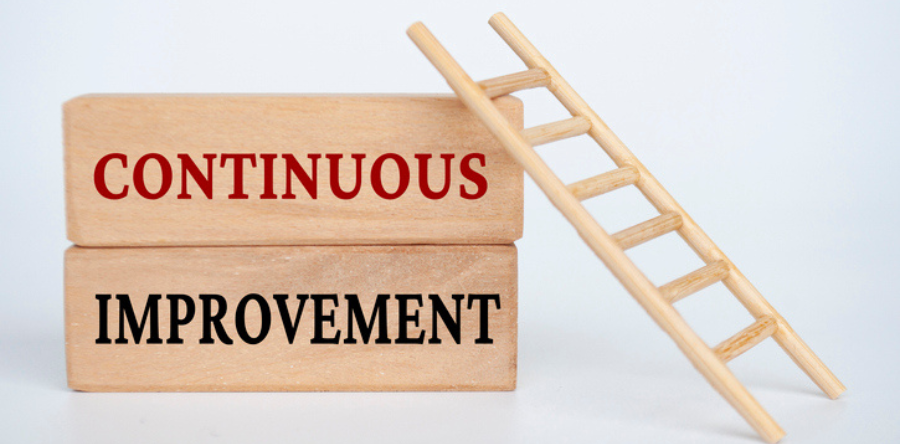The workplace is not immune to the lasting impacts of the pandemic on employee’s mental health. With the fourth wave of the pandemic underway employees continue to face psychosocial stressors that impact their emotional well-being, including isolation, loneliness, work demand, manager-employee relationships, psychological safety, and job security. Leaders should assume that the mental health of their workforce is under strain and that nearly half of those with symptoms are not accessing mental health supports and services.
A recent report from Deloitte revealed that 1 in 3 Canadians are experiencing depression and anxiety related to COVID-19 and 44% indicated their mental health needs have not been fully met. Mental Health Research Canada explored distinct sectors of the Canadian workforce and found that anxiety and depression in healthcare, delivery/utilities, restaurant/retail, janitorial services and art sectors are at an all time high.
Millions are spent on workplace mental health in Canada without a clear frame of what the expenditure is supposed to achieve.
For many employers, workplace mental health is nothing more than a “catch all” term that refers to the money they spend on programs and policies to support employees’ mental health. Most investments are focused on reactive initiatives such as disability claims, extended benefits covering psychological services, employee and family assistance programs, and return-to-work protocols.
However, employers and boards of directors are quickly discovering the extent of the costs of mental health in the workplace, from disability to turnover, and are viewing these expenditures, overtly or covertly, as a waste of money because they are unclear of the benefit or return on investment (ROI). Research is beginning to shed some light on this. Another study by Deloitte looked at ROI on workplace mental health programs and found that companies whose programs had been in place for three or more years had a median yearly ROI of $2.18 for every dollar invested.
To be effective, mental health must be a core business imperative driven by boards of directors, CEOs, and senior leadership, rather than just a series of good-intention initiatives.
Standalone programs and policies are not integrated into most organizations' operations, and few have a mental health strategy supported by full-time staff to ensure strategic and effective implementation. Few employers have adopted or adapted the National Standard for Psychological Health and Safety in the Workplace to guide mental health efforts. This is a missed opportunity. The Standard not only outlines processes needed to reduce mental harm and promote workplace mental health, it provides the structure to sustain and measure efforts.
Most leaders understand the value of investing in preventive maintenance to keep equipment running well and reduce the risk of equipment breaking down, which can be very expensive as the downtime and repair always cost significantly more than the maintenance. Workplace mental health is no different; however, the goal is not just to prevent unnecessary emotional breakdown, but to support employees and promote healthy habits so they flourish.
It requires a two-way accountability model where employees and the employer are responsible for their behaviour. As a leader, you must take your own mental health seriously, model the desired behaviour, and allocate appropriate resources to support achievement of goals in a psychologically healthy and safe manner.
Listen to the heartbeat of the organization
Use the Mental fitness index tool to measure the emotional heartbeat of your organization.
Simple behaviours that generate pleasant emotions in the workplace matter. This includes making informed decisions and creating more fulfilling and healthy employee experiences by ensuring your workplace is inclusive and psychologically safe, and that employees receive recognition for their work. It also requires you to address unpleasant emotions such as fear of bullying, overwhelming work demands, and stress in the workplace.
Workplace mental health 3Ps
The importance of mental health and its impact on an organization can be better understood when it is framed through the 3 Ps described below. Each P factor cuts to the value and benefit for the employer.
- Prevention – The financial health and sustainability of any organization is totally dependent on employee health. Protecting and promoting the mental health and wellness of all employees, including those who live with mental illness, is an investment in your most valuable asset. Diversity and inclusion, rewards and recognition programs, mental health first aid, mentoring, mental fitness and psychologically safe leadership training, accommodation programs, and participation in voluntary community initiatives, are all examples of preventive programs that can improve mental health in your organization.
- Promotion – When you have the necessary supports in place you mitigate risk to the employee and the organization. When an employee is struggling with unpleasant emotions or mental illness, they need mental health supports to prevent further harm and they need to know how to access them. Programs, policies, and processes that support employee mental health need to be communicated regularly, and barriers to participation need to be identified and removed where possible.
- Productivity – When employees are flourishing (feeling good doing their job) rather than languishing (struggling) it translates into higher levels of discretionary effort (in a psychologically healthy balance), attractiveness to new talent, and lower levels of sick time, short- and long-term disability, presenteeism, and turnover. One report suggests that 60% of employees would leave their employer for less pay to work with a company that cares more about their emotional well-being.
As a leader, you are responsible for managing costs and risks to the organization. Throwing money at programs that are not sustainable and are not woven into the fabric of your organization is wasteful and risky.
Workplace mental health is about creating and sustaining a workplace environment that supports employees’ ability to succeed without psychological harm from workplace factors that are within the employers’ control. Effective integration of workplace mental health strategies improves the employee experience and positively impacts the results they are trying to achieve, which ultimately improves the bottom line.
Get to know the authors – Dr. Bill Howatt and Michel Rodrigue

 Dr. Bill Howatt and Michel Rodrigue
Dr. Bill Howatt and Michel Rodrigue



